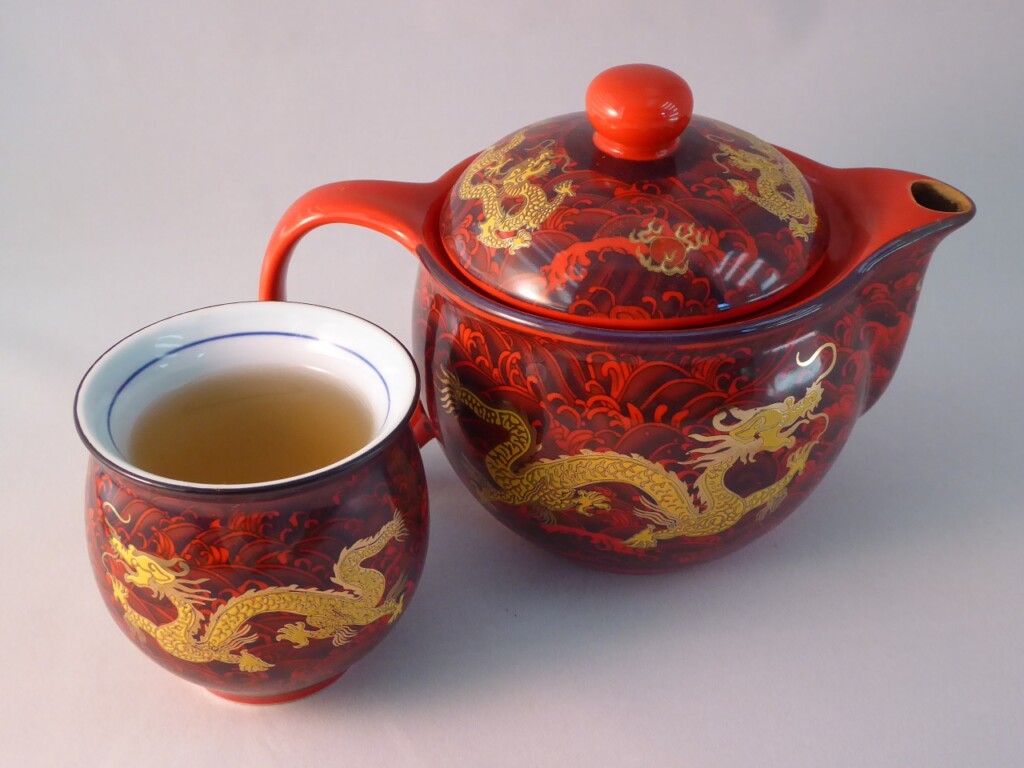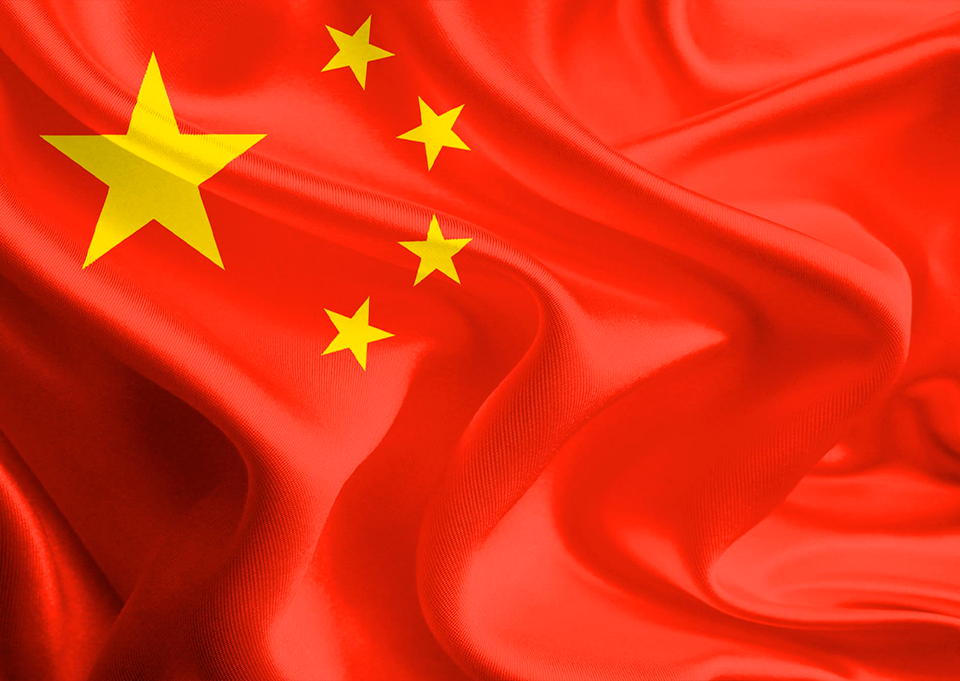Textile companies in Asia are subject to various controls by suppliers and authorities to ensure the working conditions of employees, often in the spotlight, and to make sure their environmental impact is as minimal as possible.
Many clothing and textile importers neglect to perform quality checks on their own because they consider this process unnecessary. Nothing could be further from the truth.
A distributor or clothing seller importing from textile companies in Asia without performing quality checks may see their brand’s reputation diminish and lose customers. Therefore, to avoid this issue, it is advisable to carry out this process with every order.
The quality control strategy in textile companies in Asia is a vital phase to ensure the success of an operation in which much time and money have been invested. The product inspection should be conducted during the manufacturing process and also during shipment to the destination. For this, constant and smooth communication with the supplier is necessary.
Product Specifications for Textile Companies in Asia
One of the first factors to consider is the difference in criteria when it comes to determining what constitutes good quality. What an Asian supplier may consider good quality might be unacceptable to the importer.
Sizes are one of the main issues for clothing importers because measurements are not standardized between countries. A certain margin of error in sizing should always be considered, both above and below, based on the standard measurements of our product.
Measurements will vary depending on the type of garment but should always be specified. To ensure the dimensions we want in each size are as accurate as possible, it is advisable to measure the garment unstretched on a flat surface.
Testing a sample before accepting the shipment is one of the best strategies to avoid quality problems. The quality inspection of a garment takes into account several factors:
- Fit. Performed on a mannequin to check if the sizes match the specifications.
- Rubbing. Involves rubbing a white cloth on each color to check for transfer, both dry and wet.
- Strength. Verifies that the materials and seams are sufficiently durable.
- Closure. Repeated operations are performed to ensure it does not lose functionality.
- Stretch. Conducted on elastic fabrics to ensure no breakages occur.
- Stitches per inch. The higher the number of stitches per inch, the stronger the seam usually is.
In some cases, laboratory tests are advisable, which involve analyzing a small sample of the material. Many suppliers have their own laboratories. This is an important factor when choosing a supplier.
Many countries require that labels include the composition of the fabric. Additionally, it is increasingly common to check for the absence of materials that are hazardous to health or the environment.




